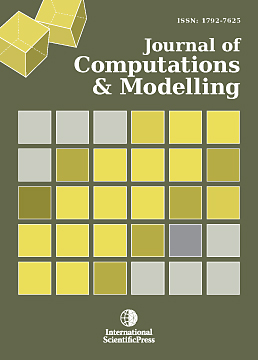Journal of Computations & Modelling
In Silico Docking Analysis of Rat ã-Crystallin Surfaces
-
 [ Download ]
[ Download ]
- Times downloaded: 11165
-
Abstract
In silico methods are useful for predicting 3D structure of binding sites when experimental information is lack. The complex interaction between ã-crystallins and small ligands is a key element in understanding the lens transparency. In spite of the high sequence similarity of ã-crystallins, different numbers of pockets were automatically identified on their molecular surfaces. ãC-crystallin has the largest binding pocket among rat ã-crystallin individuals. The binding affinities of five putative chemical ligands against the active sites of ã-crystallin proteins were determined by Autodock 4.2. Molecular docking indicated multiple binding modes of such ligands into ã-crystallins pockets.
